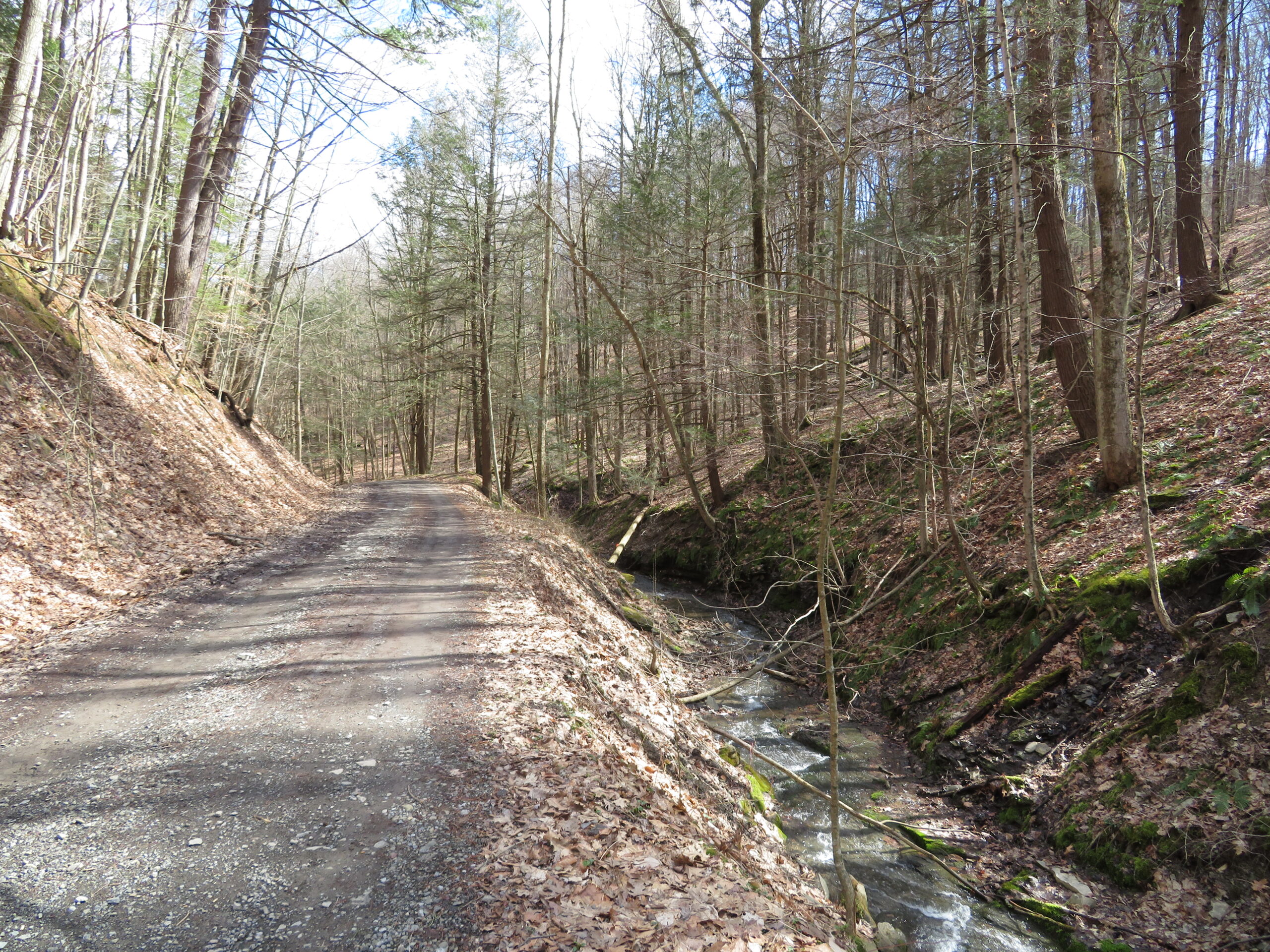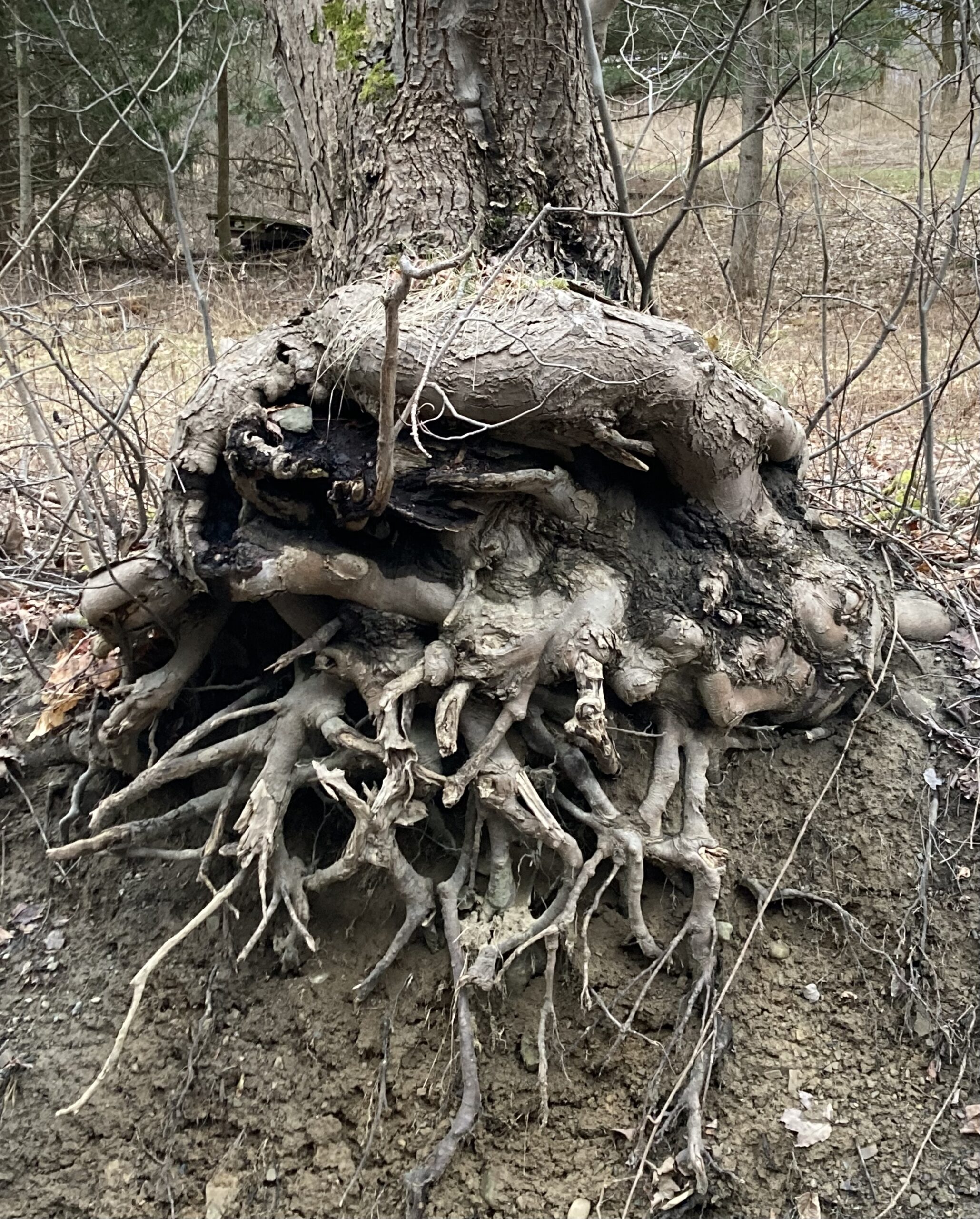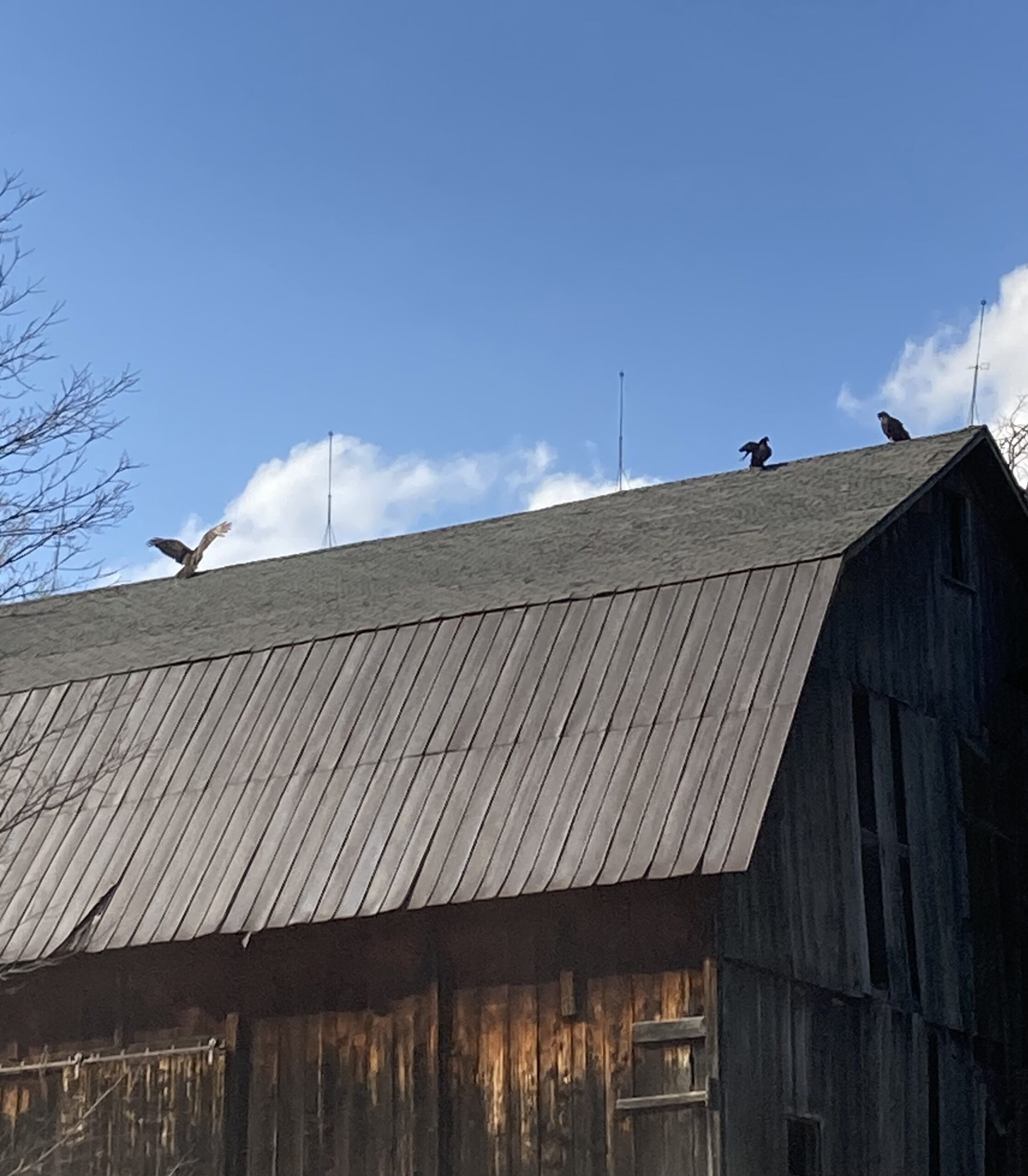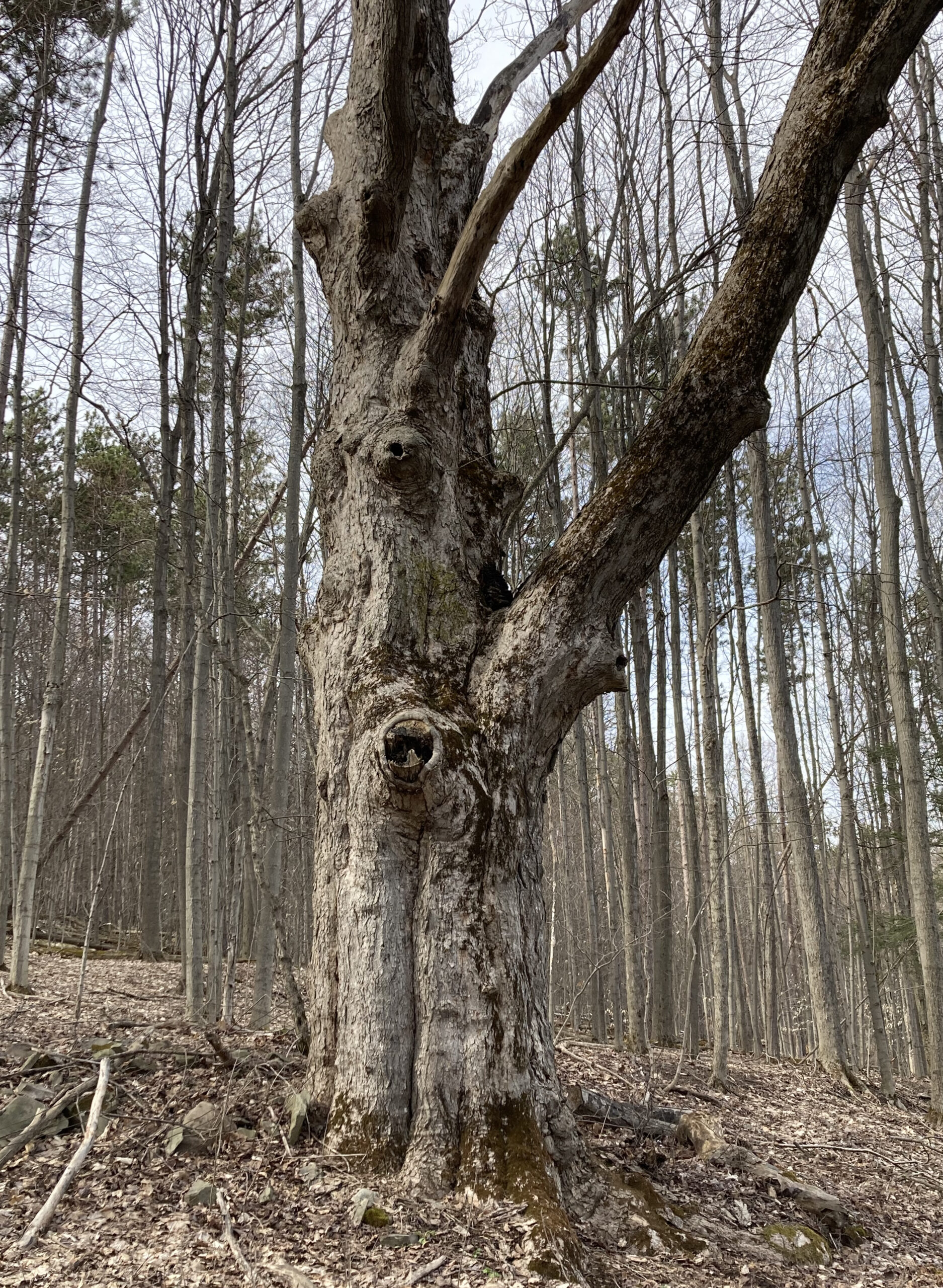In every breath we can experience the whole of life, and death. We breathe out, and reach a point where there’s no breath left, almost no oxygen. We must let go, shift focus, and breathe in so we can live. And when inhaling, we reach a point where we’re too full. We must stop and let go. Life depends on these two ways of letting go⎼ to let us open more to life, or to stop what causes hurt and delusion. A sort of yes, no. Living and dying together.
When we inhale, there’s a pause, or can be⎼ if we put our attention on it⎼ when everything naturally gets quiet. We might hold our breath to hold the silence, the peacefulness. When we exhale, there’s also a point where we easily pause. We can become very awake and focused on everything that’s right there with us. We breathe ourselves awake.
Zen teacher and author Susan Murphy talks about the deeply mortal fear sitting at the back of every breath, unless we take time to notice and examine it. The fear of death, of breathing out for the last time, or feeling we lack something we need or want. It sits there, unseen, in the breath, waiting⎼ a fear that we can’t face life moving on, that nothing is forever⎼ that we can’t face reality and must separate ourselves emotionally from “it.” Or we cling to the delusion that we will always be here, that we can step out of time.
But there are several practices that help me feel the strength to examine and even transform that fear. Here are five: creation, exertion, being in nature, compassion, and love.
It’s not just any sort of creative act that does this, but one we do with total honesty. When we get very quiet inside, and nothing is in mind but the moment of noticing, then insights emerge seemingly on their own. They speak, not me. Even a brief visit beforehand to this silence, to take a breath with full attention, to meditate opens a natural door to creating.
Walking in nature can do something similar. I’m walking in a forest, next to a stream; or I’m on the rural road near my home and hear water running. And I want to get lost in the beauty of the sound. I look at the gulley beside the road, to see where the sound originates, or to better hold onto it, but can’t. It disappears on me when I try to grasp it. Maybe trying to grasp or cling to anything does this. We can grasp a hammer, a shirt, maybe even a Presidency, for a while. But a musical note, a moment, love, peace, even life⎼ no.
We spend so much of our time now enraptured or entrapped by the ways corporate and social media distract and manipulate our attention, and break everything into tiny bits of information or enticements. We focus so much on not missing out, on doing more and more, and the internal pace of our lives speeds up. We can habitually feel we’re falling behind. We feel what philosopher and Zen teacher David Loy calls a sense of lack, of inadequacy, in ourselves, in our lives. That if we don’t own the latest I-phone, hear the latest record, believe the latest theory, join a certain group there’s something wrong with us.
All this fragments our attention and speeds us to the edge of feeling threatened and anxious. But it might also open us to what was the central question in the life of Buddha, to maybe a central question of modern psychology and human society: what is, what causes, what ends what Buddha labeled Dukkha, or unsatisfactoriness, suffering⎼ or mislocating the sense of lack, suffering as being out there, separate from us, so we never get free of it….
*To read the whole article, please click on this link to The Good Men Project.





